In today’s competitive digital landscape, offering free, valuable resources isn’t just a goodwill gesture – it’s a strategic move that positions your brand as an authority and draws in potential customers naturally. When done right, the art of creating free resources that attract your future clients acts like a magnet, pulling in motivated prospects who are eager to learn and ready to connect with your services.
In this article, you’ll discover why free resources work so effectively, how to create them with your ideal clients in mind, and practical steps to turn those leads into loyal customers. From ebooks and checklists to webinars and templates, the right resource can do wonders for building relationships and accelerating your business growth.
Stick around if you want to learn how creating free resources that attract your future clients can transform your marketing strategy and set you apart from countless competitors clamoring for attention. Let’s dive in!
Why Creating Free Resources That Attract Your Future Clients Is More Important Than You Think
In today’s highly competitive digital marketplace, the phrase creation of free resources that attract your future clients is more than just a marketing tactic—it’s a strategic cornerstone for business growth. But what exactly does this entail, and why should it matter to you as a business owner or marketer?
At its core, the creation of free resources that attract your future clients refers to the development of valuable, no-cost tools, content, or information designed to engage and educate your target audience. Think about ebooks, how-to guides, templates, checklists, webinars, or free trials—these are all examples of free resources that can draw in potential customers by offering immediate value without any initial purchase.
The significance of this approach lies in building trust and authority long before a sale is made. According to Demand Metric, content marketing—of which free resource creation is a key part—generates over three times as many leads as traditional outbound marketing while costing 62% less. This data underscores how powerful free resources are at attracting and nurturing potential clients.
Consider the story of HubSpot, a pioneering marketing software company. HubSpot’s success is closely tied to its commitment to free inbound marketing resources. By offering comprehensive blogs, ebooks, and free courses, they cultivated a massive, loyal audience eager to convert into paying customers. Their strategy has led to consistent lead generation and positioned them as industry leaders. This example demonstrates how strategically crafted free resources don’t just attract future clients—they create lasting relationships and build your brand’s credibility.
In summary, the creation of free resources that attract your future clients is far more than giveaways—it’s about providing strategic value that drives engagement, builds trust, and ultimately converts leads into customers. Embracing this strategy can transform your marketing efforts and set your business on a path to sustainable growth.
How to Apply Free Resource Creation to Attract Your Future Clients Step by Step
Creating free resources that attract your future clients is a powerful strategy to build trust, showcase your expertise, and generate leads. But how do you effectively apply this approach? Here’s a detailed, step-by-step guide to help you master the art of creating free resources that attract your future clients.
Step 1: Understand Your Audience’s Needs
The foundation of any successful free resource is a deep understanding of your target audience. To create resources that genuinely attract future clients, you must know what challenges, questions, or desires they have.
– Conduct surveys or polls on social media.
– Analyze the most frequently asked questions in your niche forums or groups.
– Use keyword research tools to identify popular search terms related to your industry.
By focusing on what your potential clients really need, your free resources will be relevant and highly valuable, increasing the chances they will engage with your brand.
Step 2: Choose the Right Type of Free Resource
Not all free resources are created equal. You want to select a format that resonates with your audience and highlights your strengths as a business or expert. Some effective free resources include:
– Ebooks or Guides: Detailed content showing you understand your niche deeply.
– Checklists or Cheat Sheets: Quick, actionable tools for your audience.
– Templates: Ready-to-use resources saving time and effort.
– Webinars or Video Tutorials: Engaging, face-to-face style lessons.
– Quizzes or Self-Assessments: Interactive resources that provide personalized value.
Select the resource that best fits your audience’s preferred way of consuming information.
Step 3: Craft Compelling Content Focused on Value
The success of your free resource hinges on the quality and usefulness of the content. Here’s what to focus on:
– Solve a specific problem or answer a burning question your audience has.
– Use clear, concise language that is easy to understand.
– Include real-life examples or case studies that demonstrate effectiveness.
– Add actionable steps so your audience can immediately benefit.
Remember, when people receive great value for free, they’re more likely to trust you and consider your paid offerings in the future.
Step 4: Design Professional and Eye-Catching Resources
Visual appeal plays a big role in attracting and retaining attention. Invest time in designing your resource so it looks polished and professional.
– Use branded colors and fonts that match your overall business identity.
– Incorporate images, infographics, or charts to make complex information easier to digest.
– Break up large sections of text with bullet points or numbered lists for readability.
If you’re not skilled at design, tools like Canva or Adobe Spark offer easy-to-use templates to create visually stunning resources without heavy technical knowledge.
Step 5: Set Up an Easy Distribution System
Creating an amazing free resource is only part of the equation. You must make it easy for your future clients to access it. Most businesses use lead magnets combined with opt-in forms to collect email addresses before delivering the content.
– Create a dedicated landing page describing the resource’s benefits.
– Include a simple opt-in form with minimal required fields (name and email are sufficient).
– Use email marketing software to automatically deliver the resource and follow-up content.
This approach not only shares your free resource but also builds your email list—a key asset for ongoing client engagement.
Step 6: Promote Your Free Resource Strategically
To truly attract your future clients, promote your free resource where they spend time online:
– Share posts and stories on social media platforms like LinkedIn, Instagram, and Facebook.
– Collaborate with influencers or complementary businesses for cross-promotion.
– Include links in your email signature and within your website content.
– Use paid ads targeting your ideal audience to maximize reach.
Make sure your messaging highlights the value your resource provides to inspire potential clients to take action.
Step 7: Analyze Feedback and Optimize
Once your free resource is live and promoted, it’s crucial to track its performance and gather feedback:
– Monitor download rates, email sign-ups, and engagement statistics.
– Ask users for feedback through follow-up emails or surveys.
– Identify which topics or formats resonate best and refine future resources accordingly.
Continual improvement will make your free resources a lasting tool to consistently attract and nurture your future clients.
By following these carefully crafted steps, you can confidently create free resources that attract your future clients while building trust and authority in your market. Remember, the key is to focus on providing real, actionable value that positions you as the go-to expert your audience seeks.

Tips for Creating Free Resources That Attract Your Future Clients:
✅ Know Your Audience: Research their needs and pain points to create valuable content that truly helps.
🎯 Focus on Quality Over Quantity: Deliver well-crafted resources that demonstrate your expertise and build trust.
📚 Offer Diverse Formats: Use ebooks, checklists, videos, and webinars to cater to different learning styles.
✨ Provide Actionable Value: Ensure your freebies include practical tips or tools that users can immediately apply.
📝 Include Clear Calls-to-Action: Guide your audience on the next step, whether signing up, booking a call, or exploring services.
🤝 Build Relationships: Use follow-up emails or exclusive groups to nurture leads gained through your free resources.
📊 Track and Optimize: Analyze which resources perform best and refine your content strategy accordingly.
🔗 Promote Strategically: Share your freebies on social media, blogs, and relevant forums to reach wider audiences.
Key Concepts
The world of digital marketing is a vast ocean, and within it, “creation of free resources that attract your future clients” acts as a lighthouse, guiding businesses to safe harbors of engagement and trust. Understanding this concept requires diving deep into the essence of what free resources truly represent and how they function within the customer’s journey.
The Magnetism of Value Without Exchange
At its core, creating free resources is about offering undeniable value without an immediate expectation of return. Imagine a well-tended garden that welcomes wandering butterflies; these butterflies represent potential clients drawn not by force, but by the allure of nectar. Free resources act similarly—they deliver knowledge, solutions, or entertainment that resonate so deeply with potential clients’ needs that these individuals are naturally pulled closer to the brand or service.
This magnetism is not accidental. It rests on the principle of generosity as a foundational marketing strategy. When users receive meaningful content freely—be it eBooks, informative guides, insightful webinars, or helpful templates—they begin to perceive the brand as an authority and a trusted ally. This perception plants the first seed of customer loyalty before any transactional interaction even begins.
Bridging the Gap Between Awareness and Trust
In the psychological landscape of consumer behavior, trust is the bridge between mere awareness of a brand and the decision to engage or purchase. Free resources serve as crucial stepping stones on this bridge. They provide opportunities for potential clients to interact with a brand’s expertise without risk or commitment.
Think of these resources as the “first chapters” of a story a brand is telling. They hint at the richness of the full narrative, encouraging readers or viewers to continue deeper into the tale. Through thoughtful content, brands temporarily become mentors, guiding clients through challenges or curiosities related to their field. This mentorship cultivates trust organically, a currency far more valuable than promotional claims.
Quality as the Silent Ambassador
One of the less obvious yet vital concepts tied to creating free resources is quality. In this narrative, quality is not merely the icing on the cake—it is the entire cake. Free resources symbolize a brand’s promise; if the free content is poor or superficial, the implied message is that paid products or services might be similarly lacking.
Consider quality as a silent ambassador. It speaks volumes without uttering a word, influencing perception subconsciously. Just like how a beautifully crafted letter can convey respect and care beyond its words, a well-designed, insightful free resource communicates professionalism, dedication, and respect towards the client’s time and intelligence.
Targeting Through Specificity
Another key concept in creating free resources is specificity. Just as a skilled archer does not shoot arrows at random but aims with precision, businesses need to craft resources that resonate with the unique needs and desires of their ideal clients.
Specificity manifests in understanding particular pain points, aspirations, or curiosities of a narrowly defined audience segment. The more a free resource feels tailored and relevant, the stronger its gravitational pull. This sharp focus avoids the trap of generic content that drifts into the background noise of the internet, unnoticed and unvalued.
The Ecological Web of Content Ecosystems
Creating free resources is not an isolated act—it exists within an interconnected web of content, where each element supports and enhances others. This ecosystem approach recognizes that a single free resource is like one note in a symphony, which gains power and emotion when harmonized with other content pieces.
For example, a downloadable template might be complemented by a blog post explaining its best uses, or a webinar might be followed by a checklist that reinforces learning. This interconnection enriches the user’s experience, making the free resource a gateway to more profound engagement and relationship building. It transforms one-off interactions into ongoing dialogues.
In essence, the “creation of free resources that attract your future clients” is a sophisticated blend of art and strategy. It weaves together the threads of generosity, trust-building, quality, precise targeting, and an ecosystem mindset to create an inviting tapestry where potential clients feel valued and understood. By appreciating these conceptual pillars, businesses can better harness the hidden power of free offerings as not mere giveaways, but as strategic investments in long-term success.
Frequently Asked Questions about Creating Free Resources That Attract Your Future Customers
❓ What types of free resources are most effective to attract future customers?
Offering valuable and relevant materials such as ebooks, checklists, templates, webinars, or email courses can effectively attract your future customers. The key is to provide solutions that address their pain points and interests, making them eager to engage with your brand.
❓ How can I ensure my free resources actually attract my target audience?
To attract your ideal customers, start by thoroughly understanding their needs and challenges. Tailor your content specifically for them, use clear and compelling calls-to-action, and promote your resources through channels where your audience spends time, like social media or industry forums.
❓ Is it necessary to create free resources regularly to maintain customer interest?
Consistency is important but quality matters more. Regularly updating or adding new free resources helps keep your audience engaged and demonstrates your ongoing expertise. However, each resource should offer genuine value rather than just increasing quantity.
❓ Can free resources help convert visitors into paying customers?
Absolutely. Free resources serve as an initial touchpoint, building trust and credibility with potential clients. When prospects find your free content helpful, they are more likely to consider your paid products or services as a trustworthy solution.
❓ How do I promote my free resources to maximize their reach? Use a mix of content marketing, social media posts, email newsletters, and collaborations with influencers or partners in your industry. Additionally, optimize your resources’ landing pages with SEO techniques to attract organic traffic from search engines

